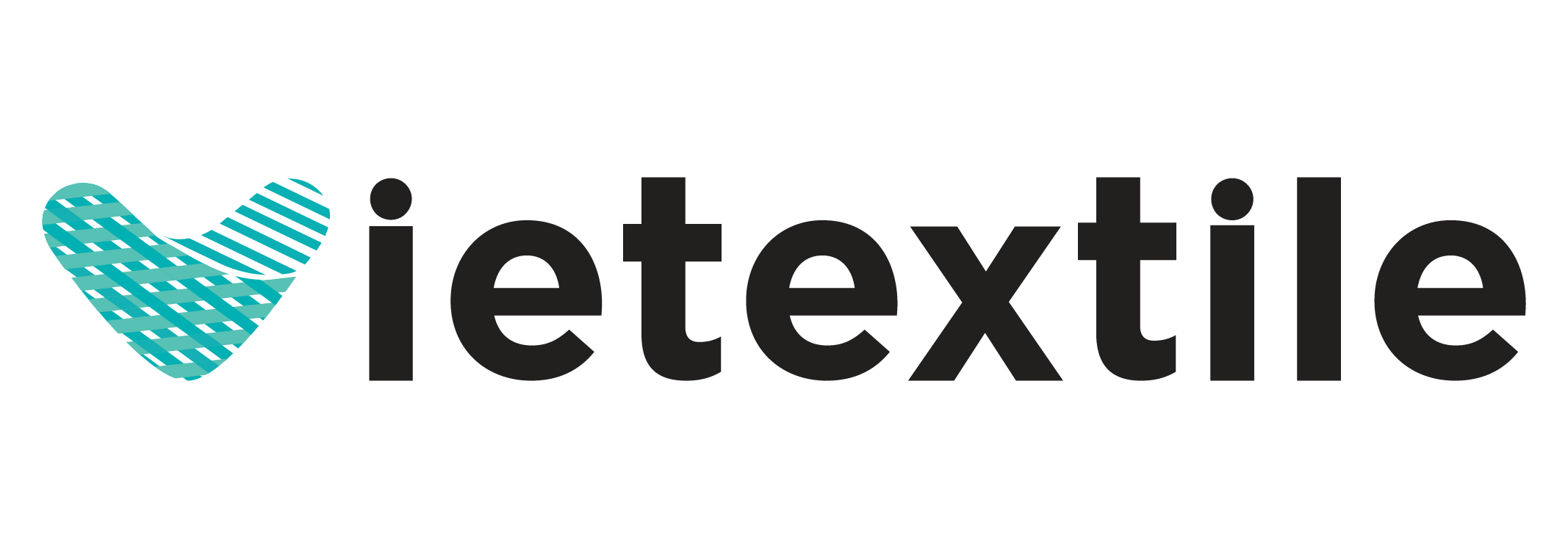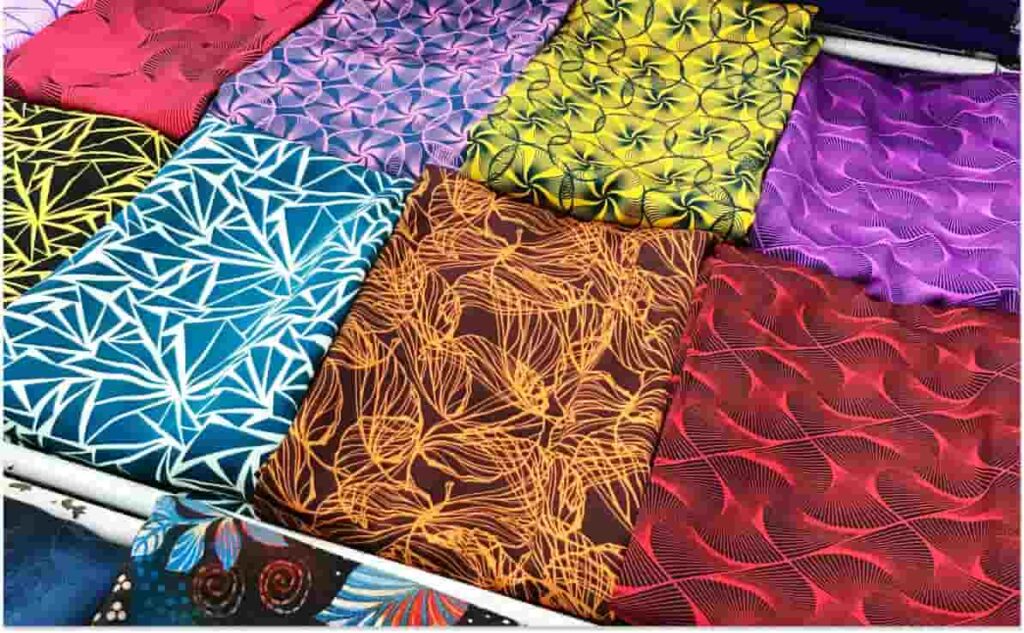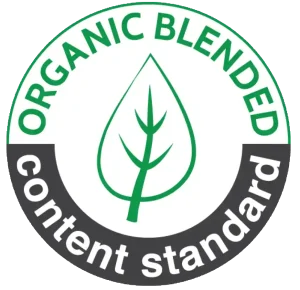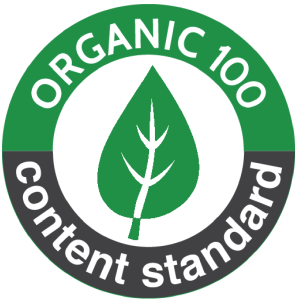Vietnam has rapidly emerged as a powerhouse in the global textile industry, moving beyond basic cut-and-sew operations into advanced manufacturing. This includes mastery over sophisticated techniques like high-resolution direct printing on 100% cotton fabric. This transition represents a significant leap in capability, satisfying the demand for intricate, high-quality, and sustainable textile products worldwide.
The increasing need for detailed, photorealistic designs on natural fibers has elevated the importance of digital printing technology. Achieving true high-resolution quality on cotton—a fiber known for its absorbency and irregular surface—requires precise control over chemistry, machinery, and curing processes. This article delves into the meticulous, five-step technical process that enables Vietnam to consistently deliver superior vietnam direct printing cotton fabric products, maintaining vibrant colors and exceptional wash durability. We will explore the challenges of cotton, the indispensable role of pre-treatment, the advanced machinery involved, and the rigorous quality control standards that define the Vietnamese textile sector’s competitive edge.
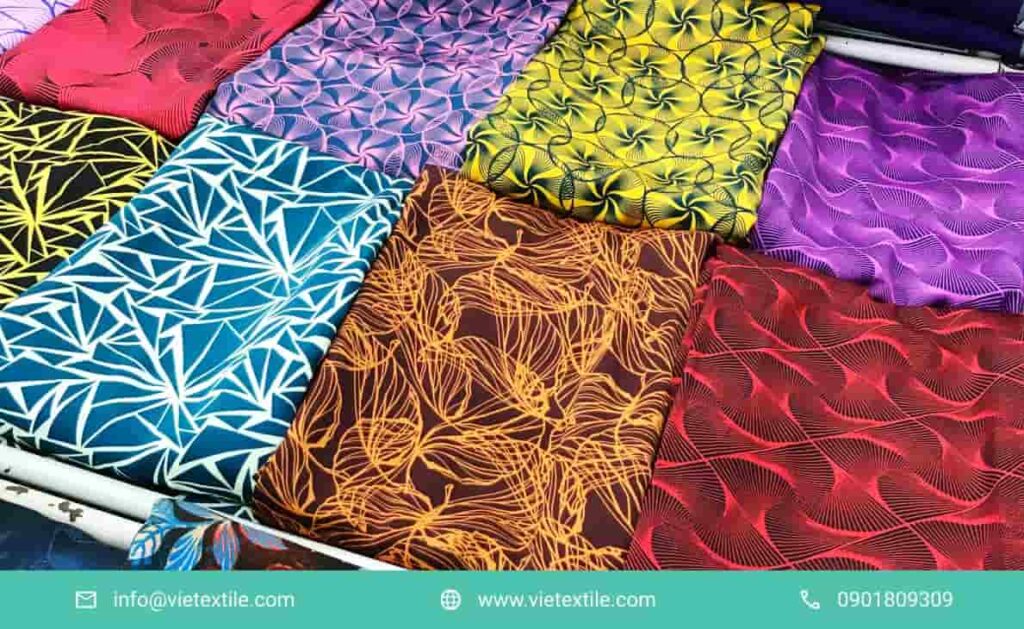
1. Defining Vietnam Direct Printing Cotton Fabric: The DTG Advantage
Nội dung tóm tắt
ToggleThe term vietnam direct printing cotton fabric primarily refers to the application of Direct-to-Garment (DTG) or Direct-to-Fabric printing processes. Unlike traditional methods like screen printing, which use stencils and thick layers of ink, DTG technology sprays specialized inks directly onto the fabric surface. This fundamental difference is what allows for photo-quality resolution and fine detail reproduction, crucial for modern fashion and textile design. Vietnam’s investment in this technology signals a commitment to flexibility and low-minimum-order capabilities.
The adoption of DTG printing has allowed Vietnamese manufacturers to tackle the complexities of natural fibers head-on. Cotton’s inherent structure—composed of short, porous fibers—makes ink adhesion difficult without specialized preparation. The DTG method, when executed correctly, bypasses many of the limitations of older printing techniques, delivering a softer hand feel and superior breathability, two characteristics highly valued in the 100% cotton market. The ability to handle complex color gradients and small text is central to the country’s high-resolution achievement.
1.1. Why Cotton Poses A Printing Challenge
Cotton fabric, while popular for its comfort and natural feel, presents several hurdles for direct printing. Firstly, cotton fibers are cellulose-based and highly absorbent. If the ink is applied directly without treatment, it wicks or spreads, causing blurring and reducing the sharpness of the image—a phenomenon known as “bleeding.” This makes achieving high-resolution difficult, as fine lines lose their definition.
Secondly, cotton fibers, especially in knitted fabrics, naturally shed microscopic particles, creating a dusty surface that hinders smooth ink flow and adhesion. High-quality vietnam direct printing cotton fabric addresses this by smoothing the surface and ensuring maximum ink-to-fiber bonding. Furthermore, the natural color of cotton can interfere with the printed colors, requiring specific white underbase applications for vibrant results, especially on dark garments. Controlling these factors is the initial, foundational step in Vietnam’s high-resolution printing process.
1.2. Evolution Of Digital Printing Techniques In Vietnam
Vietnam’s textile printing journey began with traditional rotary and flat-bed screen printing, suitable for large volumes and simple patterns. The shift began in the late 2010s with the strategic adoption of DTG and, to a lesser extent, Direct-to-Film (DTF) technologies. This evolution was driven by international market demands for fast fashion cycles, customization, and environmental accountability.
Today, Vietnamese factories leverage state-of-the-art European and Japanese DTG machines. These machines offer precise droplet placement, crucial for high-resolution output. This investment in advanced machinery is complemented by local expertise in textile chemistry, allowing Vietnamese manufacturers to formulate proprietary pre-treatment solutions specifically optimized for the local cotton supply, leading to superior vietnam direct printing cotton fabric quality.
1.3. Key Benefits Of DTG For High-Resolution Artwork
The advantages of DTG are manifold, but for high-resolution printing, three stand out. First, it offers an unlimited color palette, allowing for photorealistic imagery, unlike screen printing’s limitation of typically 10-12 spot colors. Second, the absence of costly screens and setup time makes small-batch printing and prototyping cost-effective, speeding up design cycles.
Third, and most importantly, DTG allows for variable-dot printing. The machinery can spray micro-droplets of ink in varying sizes, creating seamless color transitions and sharp edges that are impossible with conventional methods. This control over ink volume and placement is the core technical reason why Vietnamese suppliers can guarantee high-resolution detail on vietnam direct printing cotton fabric. The result is a highly detailed, soft-touch print that maintains the integrity of the cotton fabric.
2. Pre-Treatment: The Critical Foundation for High-Resolution Printing
The secret to high-resolution vietnam direct printing cotton fabric lies not in the printing stage itself, but in the meticulous preparation that precedes it: pre-treatment. This is arguably the most critical step in the entire process. Pre-treatment is the application of a thin, invisible polymer-based solution to the cotton fabric. This solution performs multiple essential functions necessary for quality digital printing.
Without proper pre-treatment, the pigment inks would simply soak into the cotton fibers, leading to a dull, washed-out image with poor color density and zero wash fastness. The pre-treatment acts as a chemical primer, creating a microscopic, smooth, and electrically-charged receiving layer on the cotton surface. This layer prevents ink from bleeding, forces the ink droplets to sit on top of the fibers for maximum sharpness, and chemically bonds with the pigment to ensure long-term durability. Vietnam’s proficiency in optimizing this chemical stage is a key competitive differentiator in the DTG market.
2.1. The Role Of Pre-Treatment Chemistry
The chemical composition of the pre-treatment solution is complex and precisely calibrated. It typically contains a binder (a polymer that traps and holds the pigment particles), a humectant (to keep the ink moist and prevent clogging), and a fixing agent (a chemical that aids in the curing and bonding process).
Vietnamese manufacturers utilize specialized solutions optimized for different cotton weights, weaves (e.g., jersey, fleece, canvas), and colors. For dark fabrics, the pre-treatment must also stabilize the white underbase ink, which is applied first. If the white ink is not properly stabilized, the colors layered on top will sink into the cotton, resulting in a low-resolution, hazy image. The ability to fine-tune this chemistry ensures that the final vietnam direct printing cotton fabric product meets rigorous quality standards.
2.2. Automated Application For Uniform Results
Manual application of pre-treatment is prone to human error, resulting in uneven coating, visible patches, and inconsistent print quality—all detrimental to high resolution. Vietnamese production facilities utilize advanced, automated pre-treatment machines that ensure uniform and precise application.
These machines control the spray pattern, volume, and dwell time of the solution with digital precision. The process involves conveyor belts and highly controlled spray nozzles that apply the exact amount of solution needed for the specific fabric type and intended design. Uniformity in this step guarantees that the printing surface is consistent across the entire fabric, a fundamental requirement for maintaining color integrity and achieving the sharpest possible detail in vietnam direct printing cotton fabric.
2.3. Moisture Content And Temperature Control
The environmental conditions during the pre-treatment process are just as important as the chemical formula. Cotton is highly hygroscopic, meaning it readily absorbs moisture from the air. The effectiveness of the pre-treatment solution is critically dependent on the fabric’s moisture content prior to printing. If the fabric is too damp, the solution is diluted; if it is too dry, it is absorbed too deeply.
Vietnam’s factories employ sophisticated climate control systems to maintain optimal temperature and humidity levels in the printing area. Post-application, the pre-treated fabric must be flash-cured—heated briefly to remove excess moisture without fully setting the polymer. This careful balance ensures the fabric is conditioned to receive the pigment inks optimally, setting the stage for the true high-resolution printing of the vietnam direct printing cotton fabric.
3. High-Precision Inkjet Technology and Application
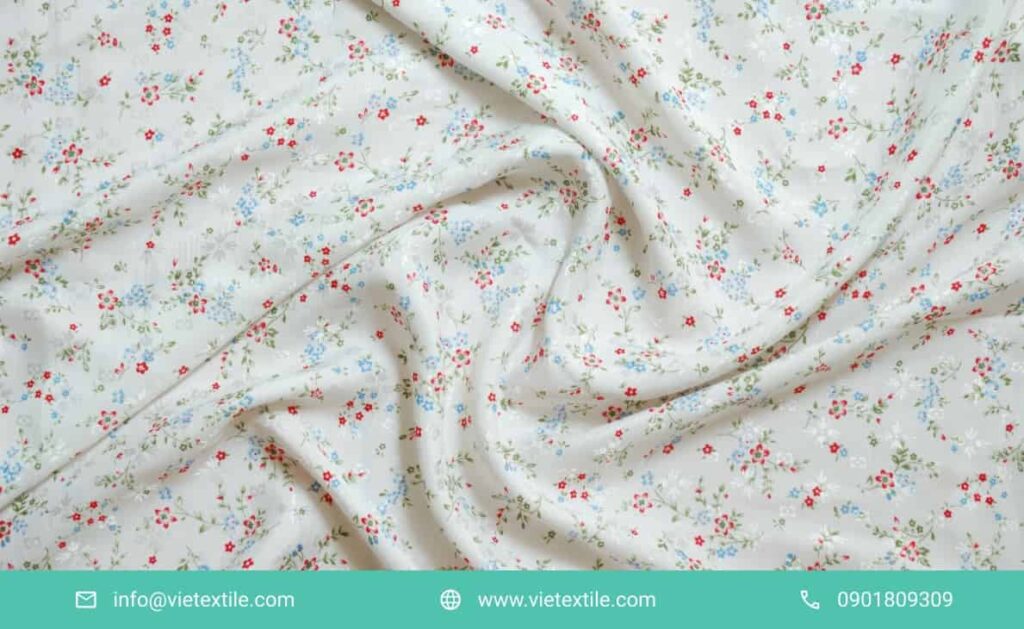
With the foundation perfectly set by pre-treatment, the subsequent stage involves the highly technical execution of the printing itself. This stage relies heavily on the quality and configuration of the DTG machinery used in Vietnam. High-resolution printing is a direct function of the printer’s ability to deposit ink droplets with microscopic accuracy, control their volume, and maintain consistent flow.
The machinery utilized is industrial-grade, featuring multiple print heads capable of handling vast color volumes and high throughput. These systems are managed by sophisticated Raster Image Processor (RIP) software. The RIP software is responsible for translating the digital design file (like a PSD or AI file) into the exact instructions for the printer. It dictates droplet size, color mixing (dithering), and the sequence of ink application, ensuring optimal color vibrancy and pixel-perfect detail on the vietnam direct printing cotton fabric.
3.1. Choosing The Right Pigment Inks
For printing on cotton, manufacturers in Vietnam primarily use water-based pigment inks. These inks are environmentally preferred over solvent or plastisol inks. However, their formulation is complex because they must be fluid enough to pass through the microscopic nozzles (typically 1-5 picoliters) of the print head, yet viscous enough to remain stable and vibrant on the pre-treated cotton surface.
The quality of the pigment particles within the ink is key to resolution and color fastness. High-quality inks use nano-pigments that are extremely fine and uniform in size. This consistency prevents clogging and allows for extremely precise color mixing at the print surface. Vietnam’s suppliers source globally recognized, high-grade pigment inks, which contribute significantly to the exceptional color gamut and durability of the finished vietnam direct printing cotton fabric products.
3.2. Advanced Print Head Technology
The heart of high-resolution DTG printing is the print head. Vietnamese facilities utilize advanced piezo-electric print heads. Unlike older thermal heads, piezo heads use voltage to rapidly deform microscopic crystals, ejecting precise volumes of ink through the nozzles. This technology offers two crucial advantages for resolution: reliability and variable-dot printing.
The variable-dot capability means the machine can use larger droplets for dense color areas and minute droplets for fine details and smooth color transitions (like skin tones or shadows). This technique, combined with a high native DPI (Dots Per Inch) of the print head, is what allows for the photorealistic quality that defines high-resolution vietnam direct printing cotton fabric. Print heads are meticulously maintained, often in humidity-controlled clean rooms, to ensure zero nozzle blockage and maximum operational integrity.
3.3. Optimizing DPI And Print Speed
The DPI setting is a direct measure of resolution, representing the number of ink dots placed per square inch. While maximum DPI capabilities exist (e.g., 1440 DPI), the optimal print resolution for vietnam direct printing cotton fabric balances visual quality with production speed. Overly high DPI can oversaturate the cotton, leading to curing problems.
The key is the harmonious relationship between the RIP software, the print head, and the fabric’s characteristics. Vietnamese operators fine-tune the DPI setting (often between 600-1200 DPI) to match the complexity of the design. Simultaneously, the print speed is carefully managed. Moving the print carriage too fast can lead to banding or color misalignment. Through extensive testing and calibrated workflow, manufacturers ensure the highest attainable resolution is met without compromising production efficiency or the tactile quality of the cotton.
4. Curing and Post-Treatment for Durability and Color Fastness
The curing process transforms the freshly printed image from a fragile, wet layer of ink into a permanent, durable part of the cotton fabric. This stage is a non-negotiable step in producing resilient vietnam direct printing cotton fabric. Without proper curing, the pigment inks would simply wash out during the first laundry cycle, regardless of how vibrant or sharp the initial print looked.
Curing involves the application of controlled heat and pressure to the printed area. This heat activates the polymer binder in the pre-treatment and ink, causing the chemical cross-linking necessary to bond the pigment particles permanently to the cellulose fibers of the cotton. The result is a print that can withstand repeated industrial and domestic washing, abrasion, and exposure to light without significant fading or cracking. Precision in curing equipment and monitoring is paramount for Vietnamese textile operations seeking long-term quality assurance.
4.1. The Importance Of Curing Temperature
The required curing temperature and duration are dictated by the type of ink and the pre-treatment chemistry used, but typically involve temperatures around 160-170°C (320-340°F). Curing is most often performed using large, industrial heat presses or specialized tunnel dryers.
If the temperature is too low or the dwell time too short, the curing will be incomplete, leading to poor wash fastness. Conversely, if the temperature is too high, or the curing time too long, the cotton fabric itself can be scorched, turn yellow, or become stiff and brittle. Vietnamese manufacturers meticulously monitor heat distribution across the curing surface, ensuring uniform temperature application across large batches to preserve the fabric’s integrity and achieve maximum color durability in vietnam direct printing cotton fabric.
4.2. Washing And Scratch Resistance Testing
After the cooling phase, samples of the printed vietnam direct printing cotton fabric are immediately subjected to rigorous post-print testing. The most common tests include washing fastness and scratch/rub resistance. Wash fastness evaluates how well the colors and print integrity hold up after multiple simulated domestic or industrial washes.
Vietnamese testing protocols often meet or exceed international standards (such as ISO or AATCC guidelines) for washing, using detergents, water temperatures, and cycles that mimic real-world use. Only prints that demonstrate minimal color change (staining or fading) and no noticeable cracking or peeling are deemed compliant. Scratch resistance testing ensures that the cured polymer layer can withstand physical abrasion, guaranteeing the high-resolution image remains intact during wear and tear.
4.3. Softening And Finishing Processes
A potential side effect of the chemical pre-treatment and intense heat curing is a slightly stiff or “boardy” feel to the printed area. To counter this, a post-treatment process involving softening and finishing chemicals is applied. This step is crucial for maintaining the premium “soft hand” feel expected from 100% cotton garments, especially in high-end apparel where vietnam direct printing cotton fabric is utilized.
These post-treatment solutions, often applied in a separate washing or steaming process, relax the textile fibers and the cured polymer layer, restoring the cotton’s natural drape and softness without compromising the print’s durability. The final quality check involves assessing the feel and breathability of the printed product, ensuring that the pursuit of high-resolution does not come at the expense of wearer comfort.
5. Quality Control And Testing Standards For Vietnam Direct Printing Cotton Fabric
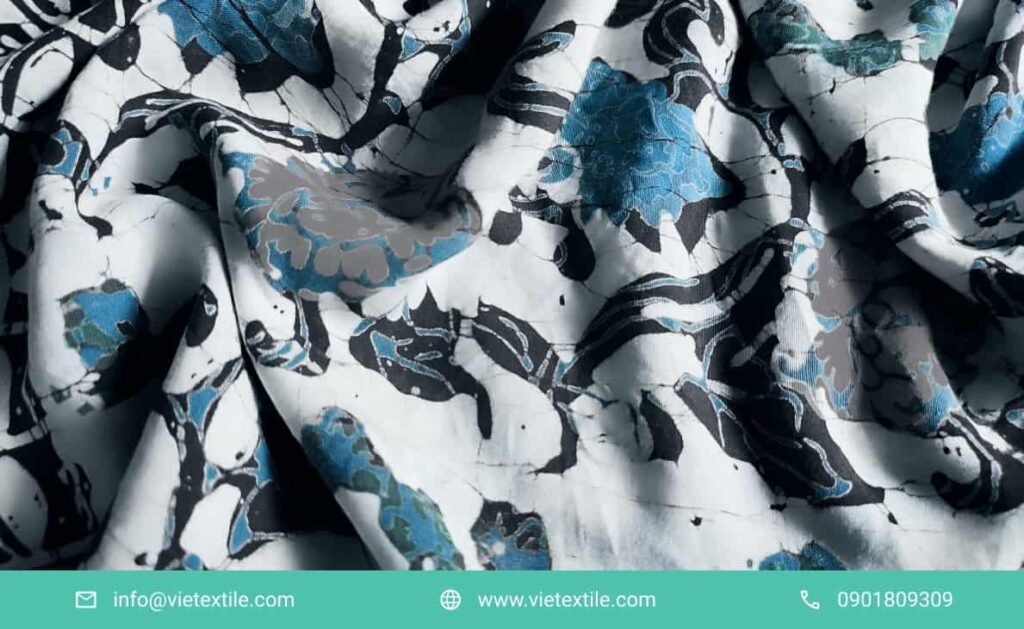
Vietnam’s reputation for high-quality textile manufacturing is anchored by its stringent, multi-stage quality control (QC) process. For vietnam direct printing cotton fabric, QC starts before the fabric even enters the process and continues until the finished product is packaged. This rigorous approach minimizes waste, ensures regulatory compliance, and consistently meets the exacting standards of global brands.
The QC cycle encompasses checks on incoming raw materials (fabric and inks), in-process monitoring (pre-treatment volume, print registration), and final product performance testing (wash fastness, color accuracy). This systemic approach contrasts sharply with less sophisticated operations, where quality checks might be sporadic. Vietnam’s commitment to verifiable testing and documentation provides clients with confidence in the long-term performance and reliability of the printed cotton goods.
5.1. Color Matching And Spectrophotometry
Achieving high-resolution is only half the battle; the colors must also be accurate. Color matching is performed using advanced spectrophotometers—devices that precisely measure the spectral characteristics of the printed color. This quantitative method eliminates subjective human judgment and ensures that the printed fabric precisely matches the client’s original digital color specification (e.g., Pantone or Hex code).
Vietnamese QC teams use these instruments to measure the colors immediately after printing and again after the wash fastness test. Any deviation beyond a pre-set tolerance (Delta E value) results in the rejection of the batch or necessary recalibration of the RIP software and ink levels. This scientific approach to color management is non-negotiable for producing premium vietnam direct printing cotton fabric.
5.2. AATCC Standards In Vietnam Direct Printing Cotton Fabric Production
Many Vietnamese textile manufacturers adhere to standards set by the American Association of Textile Chemists and Colorists (AATCC). These globally recognized standards cover a wide range of performance metrics, including color fastness to washing, perspiration, light, and crocking (rubbing).
By rigorously testing products against these benchmarks, manufacturers demonstrate their commitment to quality beyond visual inspection. Meeting AATCC standards for vietnam direct printing cotton fabric provides external validation that the ink, pre-treatment, and curing processes are robust enough to withstand the most demanding use cases. This commitment to third-party verification is a significant part of Vietnam’s appeal to international, quality-conscious buyers.
5.3. Tracking And Traceability In The Supply Chain
Modern textile supply chains demand transparency and accountability. Vietnamese factories often implement sophisticated tracking systems to monitor every stage of the vietnam direct printing cotton fabric process. Each batch of fabric and every print run is assigned a unique identifier that records: the specific pre-treatment solution used, the operator, the date, the DTG machine settings (DPI, speed), and the curing temperature/time.
This level of traceability is crucial for rapid fault isolation. If a client reports a quality issue, the manufacturer can instantly trace the product back to the exact machine and chemical batch used, allowing for swift root-cause analysis and corrective action. This operational excellence is key to maintaining high-volume, high-quality production of vietnam direct printing cotton fabric.
6. VieTextile’s Commitment To Supporting Vietnam Direct Printing Cotton Fabric Infrastructure
VieTextile is a dedicated partner in advancing Vietnam’s textile manufacturing capabilities, particularly in the specialized field of vietnam direct printing cotton fabric. We understand that the high-resolution output demanded by the global market is only achievable through the use of top-tier machinery components, maintenance, and expert support. Our mission is to ensure that the core technology used by our clients operates at peak efficiency and precision.
The sophisticated DTG machines used for producing exceptional vietnam direct printing cotton fabric rely on numerous critical components, from high-precision print heads and ink delivery systems to control boards and specialized sensors. VieTextile specializes in supplying and maintaining these essential spares. We ensure minimal downtime for Vietnamese textile houses, understanding that every hour of machine inactivity impacts production capacity and delivery schedules for high-volume orders. This commitment to efficiency is central to our service.
Our technical expertise extends beyond mere supply; VieTextile provides consultation on integrating the latest spare parts that enhance printing performance. For example, upgrading to newer generation print heads or optimizing ink recirculation systems can directly increase the achievable DPI and reduce print defects, thereby improving the overall quality of vietnam direct printing cotton fabric. We partner with globally recognized original equipment manufacturers (OEMs) to offer authentic parts that guarantee compatibility and longevity, protecting the client’s substantial investment in advanced printing technology.
VieTextile also recognizes the chemical foundation necessary for quality vietnam direct printing cotton fabric. While we specialize in spares, we maintain deep knowledge of the chemical systems—pre-treatment and pigment inks—that interact with the machinery components. This holistic understanding allows us to troubleshoot complex operational issues that bridge the gap between mechanical failure and chemical application errors. We are committed to being the foundational support structure for Vietnamese textile producers striving for international quality benchmarks in digital printing.
7. Frequently Asked Questions (FAQ) About Vietnam Direct Printing Cotton Fabric
7.1. Is Vietnam Direct Printing Cotton Fabric As Durable As Screen Printing?
Yes, when executed correctly with proper pre-treatment and curing, vietnam direct printing cotton fabric is highly durable. The water-based pigment inks chemically bond with the cotton fibers during the heat-curing process, achieving excellent wash fastness and resistance to cracking or peeling, often meeting or exceeding AATCC wash standards.
7.2. What Is The Best Type Of Cotton Used For High-Resolution Direct Printing?
Combed or ringspun cotton is generally preferred for high-resolution vietnam direct printing cotton fabric. These types of cotton have longer, smoother fibers, which results in a tighter weave and a less “hairy” surface. This smoother surface allows the ink droplets to land and adhere more precisely, maximizing the detail and sharpness of the final printed image.
7.3. Can DTG Printing Be Used On Blended Fabrics, Or Only On 100% Cotton?
While DTG is optimized for 100% cotton, it can be adapted for cotton-polyester blends. However, the pre-treatment process must be modified to include specific chemical components that aid in bonding to both the cellulose (cotton) and synthetic (polyester) fibers. Achieving true high-resolution quality is easiest on pure vietnam direct printing cotton fabric.
7.4. What Is The Typical Turnaround Time For A Large Order Of Vietnam Direct Printing Cotton Fabric?
Turnaround time varies based on design complexity and volume, but Vietnam’s modern facilities are highly efficient. Initial samples can be produced quickly (often within 3-5 days). Large production orders of vietnam direct printing cotton fabric typically require 3-6 weeks, depending on the current production queue and the complexity of the pre- and post-processing steps involved.
7.5. How Does Vietnam Ensure The Environmental Safety Of DTG Inks?
Vietnamese manufacturers prioritize the use of water-based pigment inks that are certified by international bodies like OEKO-TEX and GOTS. These certifications confirm the inks are free from harmful substances and heavy metals, ensuring the final vietnam direct printing cotton fabric product is safe for consumers and compliant with global environmental regulations.
To achieve superior performance and efficiency for vietnam direct printing cotton fabric production, ensure your machinery operates perfectly. VieTextile offers specialized textile spares and expert support to maintain the highest standards of quality and uptime.
Thông tin liên hệ:
Hotline: 0901 809 309
Email: info@vietextile.com
Website: https://vietextile.com
